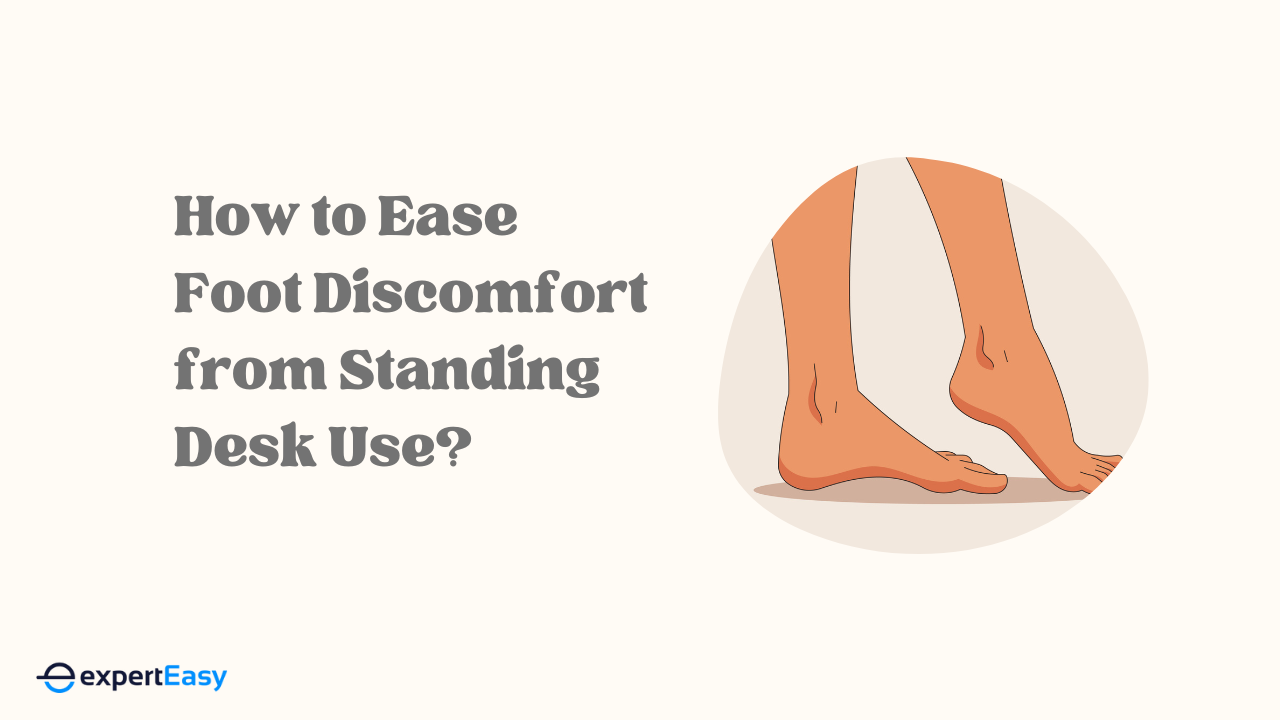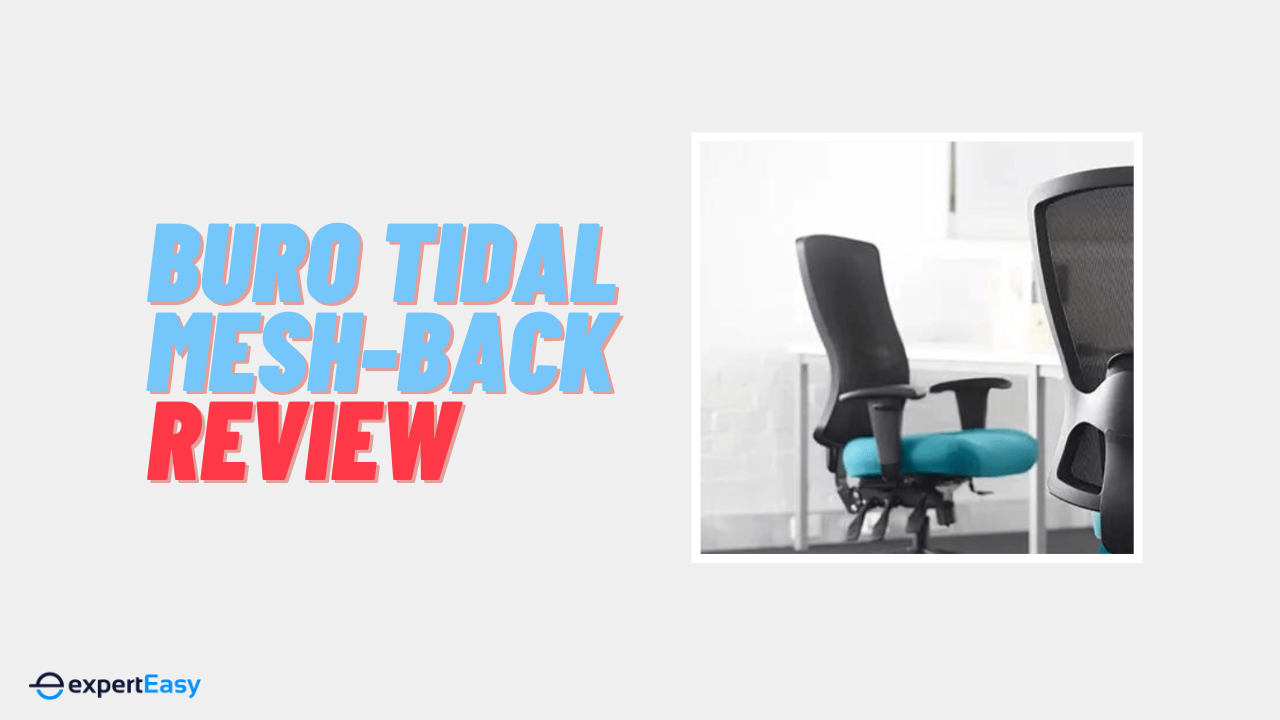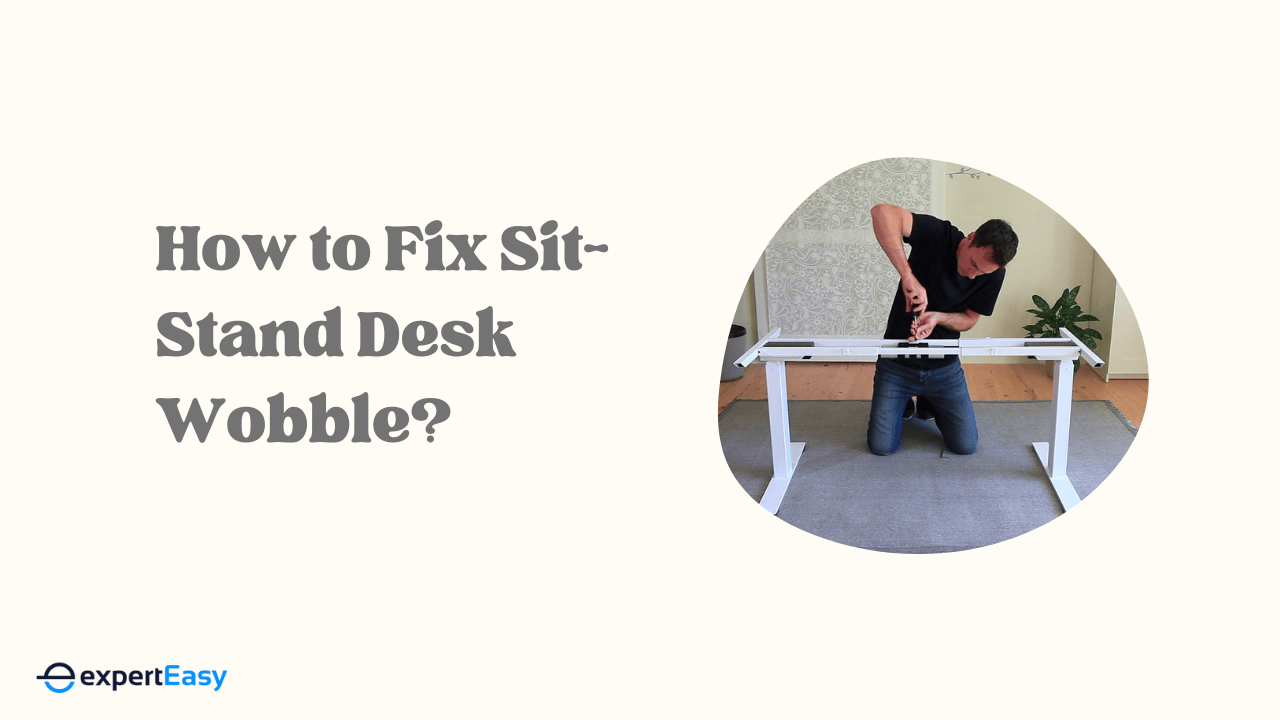If you've recently transitioned to a standing desk, it's typical that you'll be experiencing some unexpected foot discomfort. Standing for extended periods can strain your feet significantly, leading to aches and pains that can detract from your productivity and overall well-being.
But this isn't an issue for sit-stand desk noobs only. In this post, I'll discuss the main culprits and practical tips to help ease your foot discomfort. This way, you can make the most of your standing desk experience—whether you're new to standing desks or a seasoned user.
What Causes Sit-Stand Desk Foot Pain?
Foot or heel pains from using a standing desk shouldn't be normalised. Yes, it's due to standing, but you should be able to identify the root cause. More often, it is a result of prolonged standing or any of the following:
- Wearing shoes that lack proper arch support or cushioning
- Standing on hard surfaces like concrete or tile
- Incorrect posture while standing
- Standing still for too long
- Pre-existing conditions such as plantar fasciitis, flat feet, or arthritis.
Once you've identified the root cause, you begin your journey to easing foot pain and preventing it altogether. Implement targeted solutions and proactive steps, depending on the root cause, to create a more comfortable and productive standing desk experience.
6 Tips to Ease Foot Pain from Standing
Prevention is better than cure. But if you're already suffering from foot pain, these practical remedies should help ease your discomfort.
#1 - Practice touch therapy
Touch therapy involves using your hands to manipulate your energy field to promote relaxation and pain relief. Research shows that it's effective in reducing pain associated with various conditions.
The relaxation and comfort also enhance overall well-being, making it easier for individuals to cope with discomfort from prolonged standing. So, consider scheduling regular sessions of therapeutic touch, either at home or with a professional, to manage pain proactively.
#2 - Soak your feet
Soaking your feet can help relieve foot pain from using a standing desk for prolonged periods. Here are some key benefits:
- Soaking your feet in warm water relaxes your muscles and reduces stress.
- Warm water foot soaks help blood vessels dilate, increasing blood flow to the legs and feet. This helps reduce pain and swelling.
- Foot soaking keeps your feet clean and free of bacteria, which is beneficial for overall foot health.
To maximise the benefits, soak your feet in warm water at 33-38°C for 20-30 minutes. For added relief, consider adding Epsom salt, baking soda, vinegar, or essential oils to the water.
#3 - Get arch supports
Arch support relieves foot pain by distributing weight across the feet. This alleviates pressure on specific areas, reducing strain on the feet muscles, ligaments, and tendons. Proper arch support also enhances body alignment, which reduces pain in the knees, hips, and lower back.
The key to using arch supports is choosing the right type. Custom-made orthotics often offer better support than off-the-shelf options. I advise gradual increments to the wear time of arch supports to allow your feet to adjust. If uncertain, consult your podiatrist or doctor before use.
#4 - Exercise your feet
Foot exercises offer several benefits, including relief from foot pain. Engaging in specific foot exercises, some of which I've recommended below, can help with discomfort and improve overall foot health.
Regular foot exercising strengthens the muscles in your feet and lower legs, enhances the flexibility of the foot and ankle, and increases blood flow to the feet. Here are practical exercises you can try:
- Foot massage and rolling: Use a small ball (like a golf ball) to roll under your foot. This helps relieve tension and can be particularly beneficial for conditions like plantar fasciitis.
- Short-foot exercise: While seated or standing, try to pull the ball of your foot towards your heel without curling your toes. This engages the arch muscles and helps strengthen them.
- Toe yoga: Spread your toes as wide as possible, hold for a few seconds, then lift your big toe while keeping the others down. This helps improve your toe strength.
- Ankle circles: Lift one foot off the ground and rotate your ankle in a circle ten times clockwise and anti-clockwise. This helps make your ankles more flexible and reduces stiffness and pain.
In addition, frequently alternate between sitting and standing and take short walks to relieve pressure on your feet. I also recommend monitoring your standing time and increasing it gradually to allow your body to adjust.
#5 - Keep your feet elevated
Keeping your feet elevated improves blood flow in your legs and feet. It also relieves pressure on your feet, ankles, and legs, reducing pain and discomfort from standing for long periods. To do this, simply prop your feet up on a cushion, stool, or other elevated surface.
#6 - Wear compression socks

Compression socks work by applying gentle pressure to the legs and feet. This eases the discomfort, including foot pain, associated with prolonged standing. Here’s how they help:
- Compression socks help blood flow back to the heart more efficiently, reducing the risk of blood pooling in the lower legs and feet.
- They minimise fluid buildup in the legs and feet, which prevents or reduces swelling, a source of discomfort.
- The gentle pressure supports the muscles, tendons, and ligaments in the feet and lower legs, reducing strain and helping to prevent injuries.
- They also promote better circulation and support, reducing tiredness and heaviness in the legs and feet.
Like arch supports, choosing the appropriate compression and fit is essential to ensure effectiveness and comfort.
When Should You See a Doctor?
If you experience persistent foot pain from prolonged standing at your standing desk, it's essential to see a doctor, especially if the pain doesn't improve with rest, stretching, or wearing supportive footwear. Foot pain that lasts for several days or worsens over time could indicate an underlying condition, such as plantar fasciitis, which requires medical attention.
Additionally, if your foot pain is accompanied by symptoms like swelling, numbness, tingling, or changes in the colour or temperature of your feet, it's crucial to seek medical advice. These symptoms could be signs of circulation problems or nerve issues that need prompt evaluation by a healthcare professional to prevent more severe complications.

Final Thoughts
Easing foot discomfort requires practical strategies and mindful habits. Ensuring proper posture, practicing touch therapy, and using compression socks can significantly reduce strain on your feet.
Similarly, regularly shifting your weight, alternating between sitting and standing, and taking short breaks can help maintain comfort throughout the day. Be proactive about foot care and make adjustments to minimise discomfort and improve your well-being.








